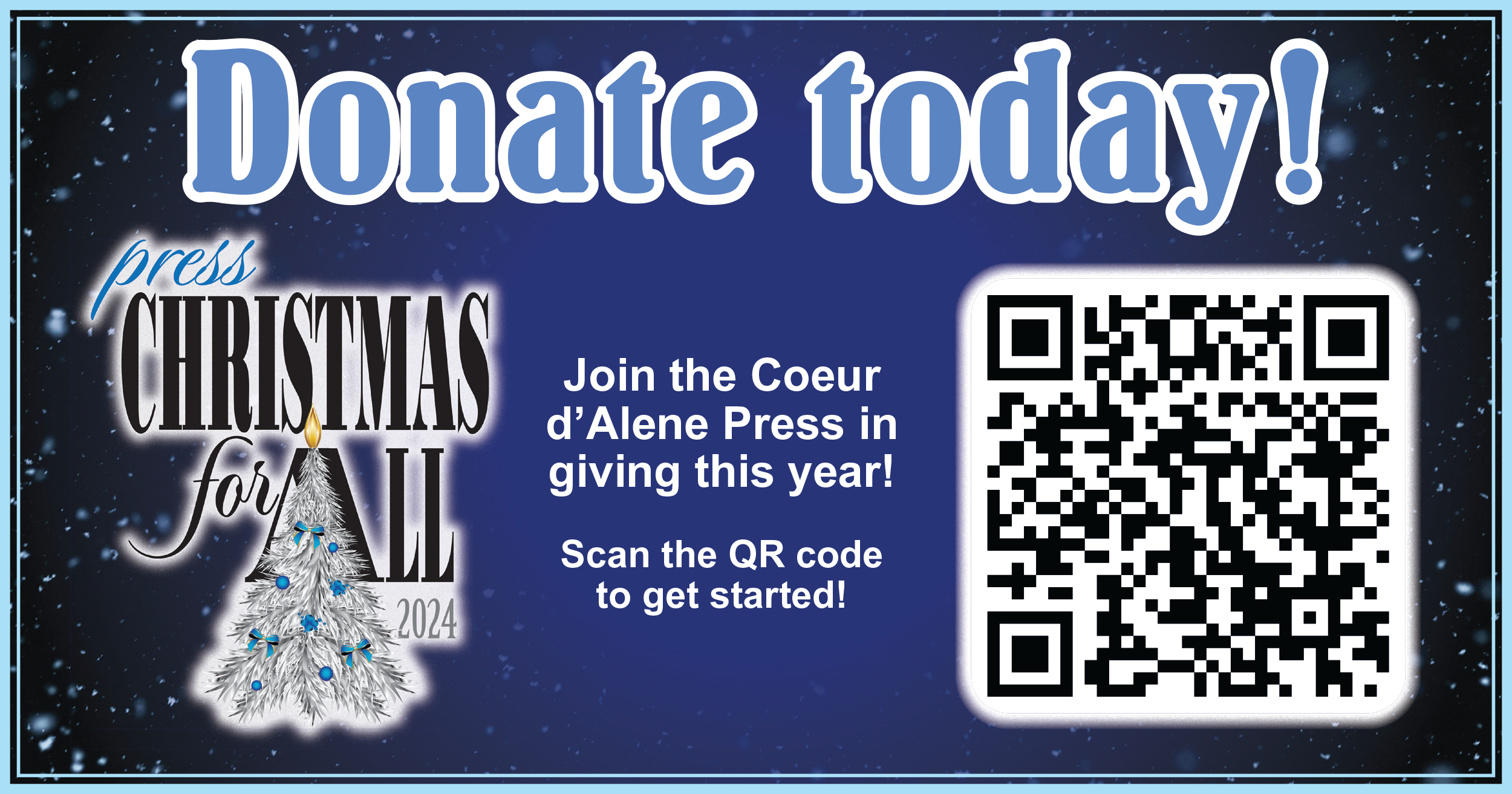OUR GEM: Understanding TMDLs and restoring water quality in Idaho
Water quality is essential for the health of Idaho’s communities, ecosystems and economies. Unfortunately, many of the region’s rivers, lakes and streams face water quality issues, often related to pollution from agriculture, urban runoff and legacy mine waste contamination. In Idaho, the Clean Water Act provides a framework for addressing these challenges, and one of the key tools used to restore impaired water bodies is the Total Maximum Daily Load process. This article explores the role of TMDLs in water quality management and how they are applied in Idaho to restore and protect water bodies.
What Is a TMDL?
A TMDL is the maximum amount of a pollutant a water body can receive while still meeting water quality standards for its designated uses. TMDLs are used when a water body is listed as impaired (Category 5 in the Integrated Report) on the 303(d) list under the Clean Water Act. The 303(d) list identifies water bodies that fail to meet water quality standards, and TMDLs are developed to address the pollution impairing those waters, serving as a sort of pollutant budget.
The TMDL process helps ensure pollutants are reduced to levels where water bodies can support their beneficial uses, which can include drinking, recreation, aquatic life and agricultural uses.
How are TMDLs developed in North Idaho?
In Idaho, the Idaho Department of Environmental Quality is responsible for developing and implementing TMDLs for impaired water bodies, with the exception of water bodies within tribal reservations. The first step in developing a TMDL is to identify the pollutants that are causing the impairment. In North Idaho, common pollutants include nutrients, metals, sediment and temperature. Once the pollutants are identified, the next step is to determine the sources of these pollutants. These can be ‘point sources,’ such as wastewater treatment facilities and industrial discharges or ‘nonpoint sources,’ including agricultural runoff, urban stormwater and erosion from logging activities.
Once the pollutant sources are identified, a pollutant load allocation is developed. This allocation establishes the maximum allowable amount of each pollutant that can enter the water body, based on the water body’s capacity to support its designated beneficial uses. This process is crucial in ensuring the water body can be restored to meet water quality standards. In impaired water bodies, the existing pollutant load exceeds the allowable load, thus the impairment. The difference between that existing load and the allowable load defines the reduction needed.
Once a TMDL is established and approved, specific actions must be taken to reduce pollution levels. DEQ works with local stakeholders, including municipalities, farmers, industries and conservation groups to develop an implementation plan. This plan outlines the strategies and actions required to meet the TMDL load allocations. Implementation occurs over time and requires collaboration and persistence.
Examples of pollution reduction measures include:
• Upgrading wastewater treatment facilities to reduce nutrient and pathogen discharge.
• Implementing best management practices such as, planting cover crops, reducing pesticide and fertilizer use, improving irrigation techniques to reduce runoff
• Construction site BMPs to reduce erosion and sedimentation and control runoff.
Five-year reviews of TMDLs are used to check the progress of the TMDL, review if water quality goals are being met, review BMPs effectiveness and make sure the TMDL targets are still appropriate. Five-year reviews can also recommend delisting water bodies no longer impaired or recommend revising the TMDL if new or additional information is discovered.
The Role of North Idaho communities in TMDL implementation
TMDLs are a collaborative effort, and the success of water quality restoration in Idaho relies on community participation. Here’s how local residents and organizations can help:
• Engage in the TMDL process: Attend public meetings hosted by the Idaho DEQ to provide input on the development of TMDLs and implementation plans.
• Adopt BMPs: Whether you live in a rural area or a city, you can help reduce pollution by minimizing stormwater runoff, using less fertilizer and managing household and animal waste responsibly.
Why TMDLs matter for Idaho
TMDLs are essential for restoring impaired water bodies and ensuring Idaho’s rivers, lakes and streams continue to provide clean drinking water, recreational opportunities and support for wildlife. By addressing pollution through science-based pollutant reduction goals and bringing stakeholders together for implementation, TMDLs create a pathway for communities to improve water quality and protect natural resources for future generations.
More information: www.deq.idaho.gov/water-quality/surface-water/total-maximum-daily-loads.
• • •
The Our Gem Coeur d’Alene Lake Collaborative is a team of committed and passionate professionals working to preserve lake health and protect water quality by promoting community awareness of local water resources through education, outreach and stewardship. Our Gem includes local experts from the University of Idaho — Idaho Water Resources Research Institute, Coeur d’Alene Tribe, Idaho Department of Environmental Quality, the Basin Environmental Improvement Project Commission, Kootenai Environmental Alliance, Coeur d’Alene Regional Chamber of Commerce, and Kootenai County.




